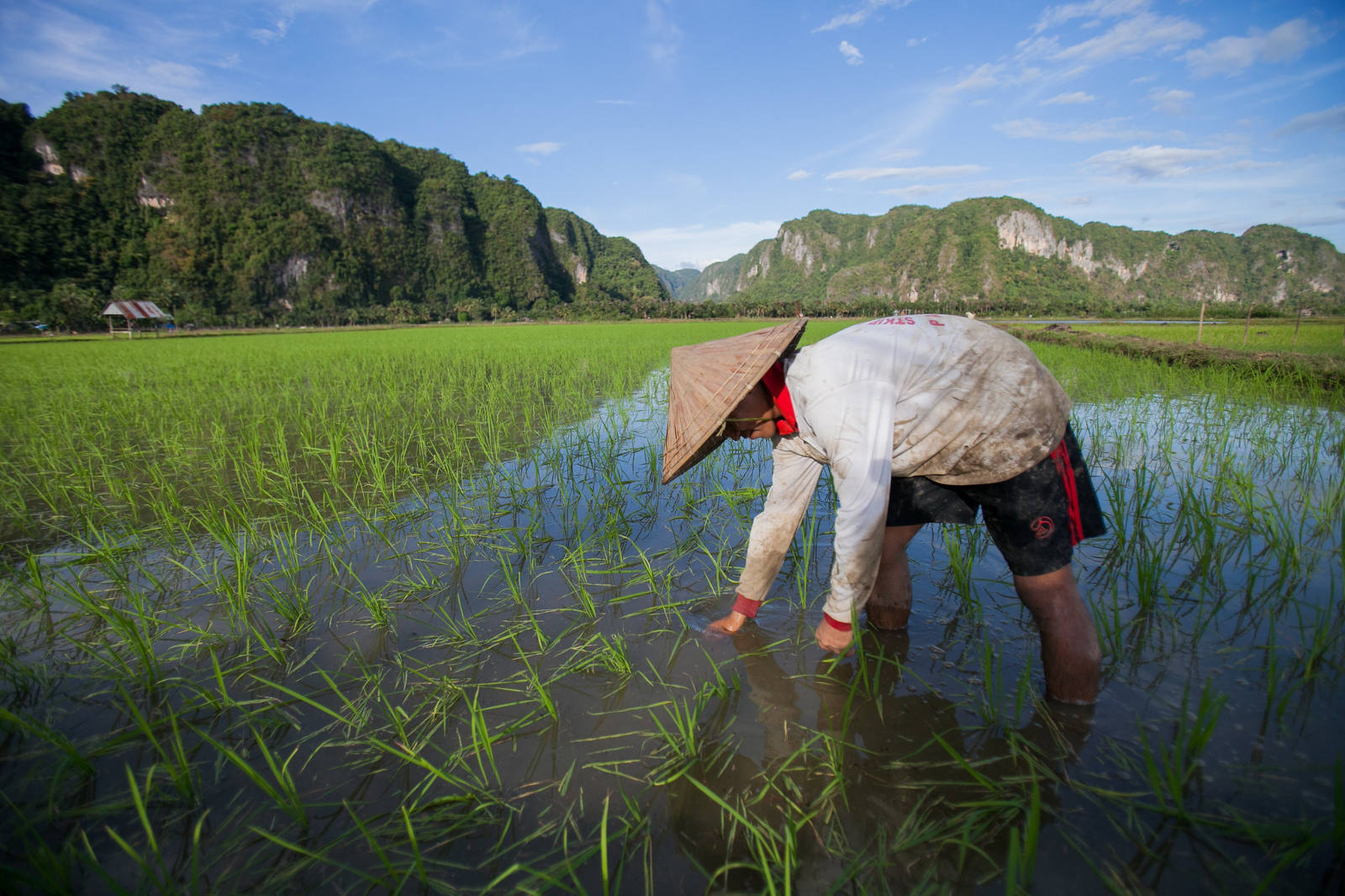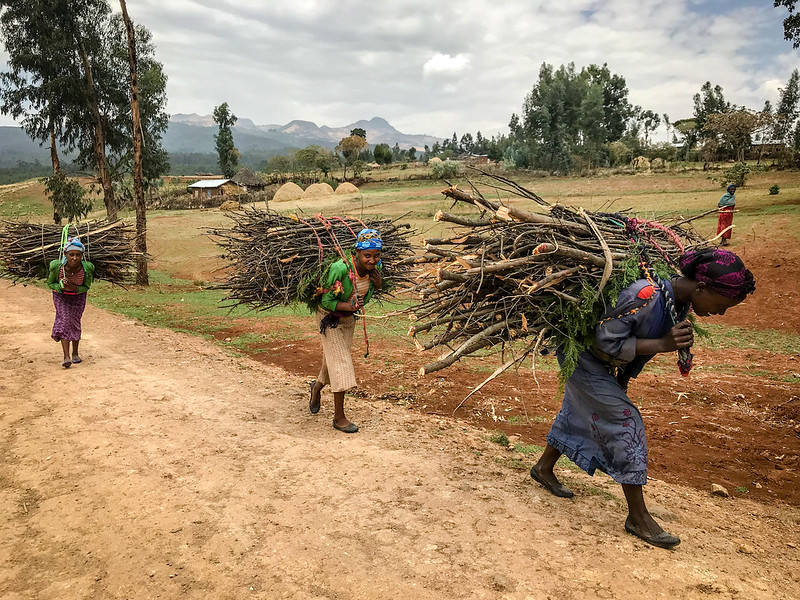Key messages
- A comparison of community perceptions across the two main forest tenure reform regimes – forestland designated for community use versus land owned by communities – does not show, on the ground, that one has consistently better outcomes than the other. This is likely due to multiple weaknesses in both types of reforms and the need to better integrate rights, conservation and livelihoods goals.
- Survey results from Indonesia, Peru and Uganda show a disturbing level of food insecurity across almost all sites and, with prioritization of rights and/or conservation, a failure to pay sufficient attention to livelihoods concerns.
- Greater attention to livelihoods requires: (a) increased awareness of food security and livelihoods needs in rural communities; (b) specific livelihoods goals as an objective of reforms; and (c) greater multisectoral and multilevel coordination in order to bring this about.
- Livelihoods concerns should be incorporated as a clear goal in forest tenure reforms and as a measurable indicator in efforts to evaluate reforms.
Download:
DOI:
https://doi.org/10.17528/cifor/007273Altmetric score:
Dimensions Citation Count:
Publication year
2019
Authors
Larson, A.M.; Monterroso, I.; Liswanti, N.; Herawati, T.; Banana, A.Y.; Canturias, P.; Rivera, K.; Mwangi, E.
Language
English
Keywords
gender, tenure, local communities, community forestry
Geographic
Indonesia, Peru, Uganda























